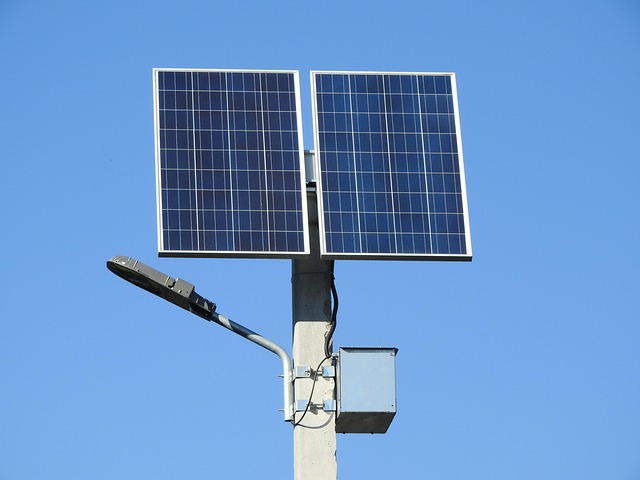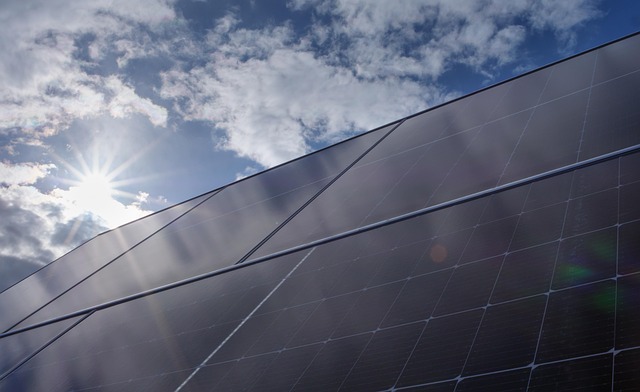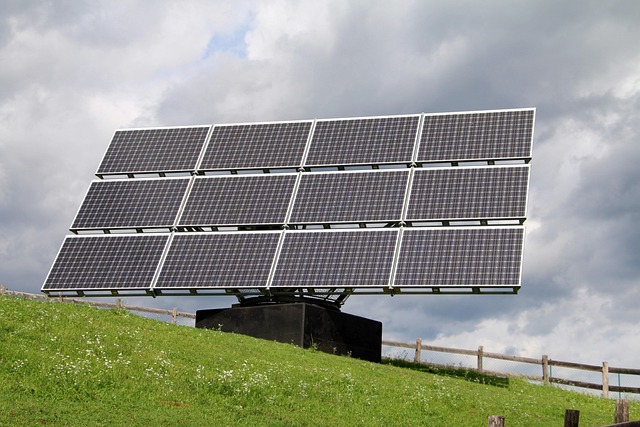Solar Energy Myths Debunked: What You Need to Know
As the world increasingly shifts towards renewable energy sources, solar energy has emerged as one of the most promising alternatives to fossil fuels. Despite its rising popularity, several myths and misconceptions have clouded public perception of solar energy. This article aims to debunk these myths, providing clarity and understanding about solar energy and its benefits.
The Basics of Solar Energy
Before delving into the myths surrounding solar energy, it’s essential to understand how it works. Solar energy is harnessed from the sun’s rays through photovoltaic (PV) cells, which convert sunlight into electricity. This energy can be used for residential, commercial, and even industrial applications, powering everything from homes to massive facilities. With decreasing costs of solar technology and increasing efficiency, solar energy is becoming more accessible and a viable option for many households and businesses.
Myth #1: Solar Energy is Too Expensive
One of the most prevalent myths about solar energy is its high cost. While it’s true that the initial investment for solar panels can be significant, the long-term savings often outweigh the upfront costs. Homeowners and business owners can recoup their investment through lower electricity bills and various incentives and tax credits offered by governments around the world.
Moreover, as technology advances, the costs of solar panels have steadily declined. According to recent reports, the price of solar panels has dropped by about 70% over the past decade. Many consumers can find financing options that allow them to install solar panels with little or no upfront cost, moving straight into saving on their energy bills.
Myth #2: Solar Panels Don’t Work in Cloudy or Cold Climates
Many people assume that solar panels are ineffective unless they are in direct sunlight. This belief is misleading. Solar panels can still generate electricity on cloudy or dreary days, albeit at a slightly reduced efficiency. A significant portion of solar radiation reaches the Earth, even on overcast days, allowing solar panels to convert it into usable energy.
Additionally, solar panels can function in cold climates even more effectively than in extremely hot environments. In fact, cooler temperatures can enhance the efficiency of solar panels, making them a suitable option for regions that experience cold weather.
Myth #3: Solar Energy is Not Efficient Enough
Another misconception is that solar energy is not efficient compared to other energy sources. While it is true that solar energy has a lower efficiency rate than fossil fuels, advancements in technology are continuously enhancing its performance. Many modern solar panels operate at efficiencies exceeding 20%, meaning they can convert more than 20% of the sunlight they receive into usable electricity.
Moreover, when considering the efficiency of solar energy, it’s essential to look at the entire system, including storage technologies, energy management, and integration with other energy sources. When effectively designed and installed, solar energy systems can provide a substantial amount of power for homes and businesses.
Myth #4: Solar Energy is Bad for the Environment
While no energy source is entirely without environmental impact, the perception that solar energy is particularly harmful is unfounded. The lifecycle analysis of solar panels reveals that their environmental footprint is significantly lower than that of conventional energy sources such as coal or natural gas. Although manufacturing solar panels does involve energy usage and emissions, the amount of pollution generated over the lifecycle of solar power is drastically less than fossil fuels.
Furthermore, solar energy production does not contribute to air pollution, helping to reduce greenhouse gas emissions significantly. By harnessing solar power, society can mitigate climate change and reduce reliance on pollution-heavy energy sources.
Myth #5: Solar Energy Systems Require a Lot of Maintenance
Many people believe that solar energy systems require constant upkeep and maintenance. In reality, solar panels are relatively low maintenance. They are built to withstand various weather conditions and generally require minimal intervention. Most systems only need to be cleaned occasionally to remove debris or dirt that could hinder performance.
In addition, many solar panel manufacturers offer warranties that can last up to 25 years, indicating their durability and reliability. Routine inspections can help ensure optimum performance, but most homeowners can expect to spend very little on maintenance compared to traditional energy sources.
Myth #6: You Need a New Roof to Install Solar Panels
Another common belief is that solar panels can only be installed on new roofs. While it’s essential to have a roof in good condition to support solar panels, it doesn’t necessarily have to be brand new. Homeowners with older roofs can still benefit from solar installation if their roof is structurally sound enough to support solar panels.
If your roof needs repairs or replacement, this may be the ideal time to consider installing solar panels. Many solar installation companies can assess your roof’s condition and provide guidance on the best course of action. It’s also possible to install solar panels on poles or ground mounts, bypassing the roof issue altogether.
Myth #7: Solar Energy is Only for Warm Climates
There is a common assumption that solar energy is only effective in sunny, warm climates. While areas with abundant sunlight do yield excellent results, solar energy can be harnessed effectively in a variety of climates. Many regions with cooler temperatures and substantial cloud cover have successfully adopted solar energy systems, showing that location does not strictly limit solar energy production.
As mentioned earlier, solar panels can operate efficiently in non-optimal weather, including rain and snow. Countries like Germany, which have relatively low solar irradiance levels, are among the world’s leaders in solar energy production, showcasing that solar viability is not restricted to sunny locales.
Myth #8: Solar Energy Can’t Supply Enough Power
Some skeptics express doubt about solar energy’s ability to meet power demands. While it’s true that solar energy can only produce electricity when the sun is shining, advancements in energy storage technologies have made it easier to store surplus electricity for later use. Battery systems can store energy generated during the day to supply power at night or during cloudy days.
Integrating solar energy with the larger grid system allows for a more flexible and reliable energy supply, as energy can be distributed from different sources, including wind and hydroelectric power. This diversification of energy resources provides a robust energy solution capable of meeting high demands.
Myth #9: Solar Panels Decrease Property Value
It’s a misconception that installing solar panels reduces the value of a home. In reality, many studies show that homes equipped with solar energy systems tend to sell at higher prices than those without. Solar panels are often viewed as upgrades or modern amenities that can attract potential buyers interested in sustainable living and cost-effective energy solutions.
Moreover, the growing demand for homes with renewable energy sources suggests that buyers are willing to pay a premium for properties equipped with solar technologies.
Conclusion
Debunking these myths is essential for fostering a clearer understanding of solar energy and its potential benefits. The transition to solar energy is not only a step towards sustainable living but also an economically sensible choice for homeowners and businesses alike. By embracing solar energy, we can work towards a cleaner, healthier planet while enjoying long-term cost savings. As technology continues to advance, so too will the opportunities to leverage solar energy in innovative and effective ways.
With the right information, individuals and organizations can make informed decisions about investing in solar energy systems, helping to drive the movement toward renewable energy solutions. The transition to a more sustainable future begins with recognizing and overcoming the myths surrounding solar energy.



